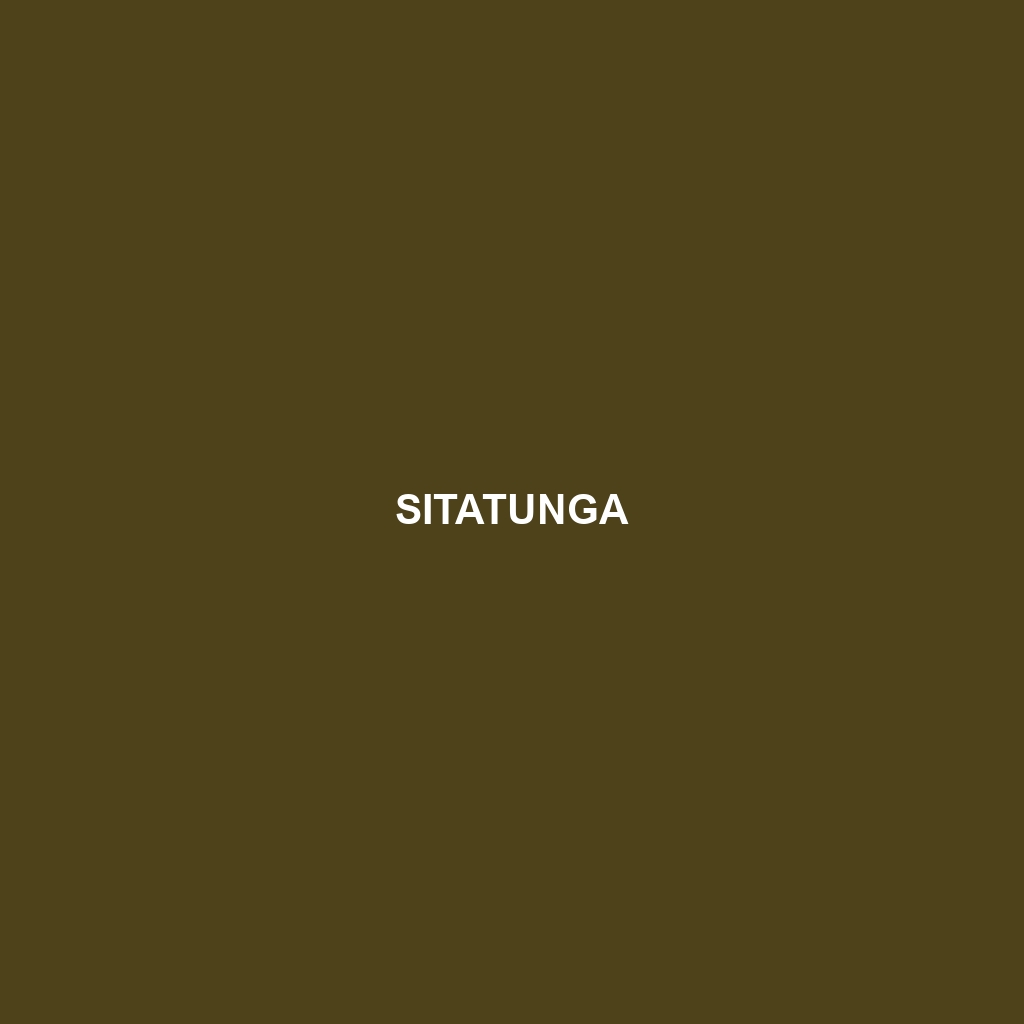Northern Bushbuck Species Description
Common Name: Northern Bushbuck
Scientific Name: Tragelaphus scriptus
Habitat
The Northern Bushbuck is primarily found in the dense forests and thickets of East Africa, particularly in regions such as Kenya, Tanzania, and Uganda. These animals thrive in environments with ample cover, including riverine forests and the edges of savannas. Their habitat preference highlights their adaptability to both moist and drier landscapes, enabling them to evade predators while accessing water sources.
Physical Characteristics
Northern Bushbucks are medium-sized antelopes, with males reaching a height of 90 to 100 cm (35 to 39 inches) at the shoulder. They are distinguished by their reddish-brown coat adorned with white markings on their face, throat, and legs. Males possess long spiral horns that can grow up to 90 cm (35 inches) long, while females are hornless and typically smaller. Their striking physical features make them one of the more visually appealing African antelopes.
Behavior
These animals exhibit a range of fascinating behaviors, such as being predominantly solitary or forming small groups primarily consisting of females and their young. The Northern Bushbuck is mainly crepuscular, being most active during the early morning and late afternoon. They are known for their excellent camouflaging abilities, utilizing the dense foliage for concealment from predators, including lions and leopards.
Diet
The diet of the Northern Bushbuck consists mainly of leaves, fruits, and grasses, making them herbivores. They are known to browse on shrubs, forbs, and young shoots, showcasing their ability to adapt their feeding habits based on seasonal availability. Their preference for a varied diet helps them thrive in diverse habitats across their range.
Reproduction
Northern Bushbucks have a typical breeding pattern where females give birth to a single offspring after a gestation period of around 210 days. Breeding occurs year-round, although there may be peaks in specific seasons based on local environmental conditions. Mothers are highly protective of their young, often hiding them in dense vegetation to shield them from potential threats.
Conservation Status
The Northern Bushbuck is currently classified as ‘Least Concern’ by the International Union for Conservation of Nature (IUCN). However, habitat loss and hunting pressures can pose significant threats to local populations. Conservation efforts are essential to ensure their long-term survival in the wild.
Interesting Facts
One fascinating aspect of Northern Bushbucks is their relative tolerance of human presence compared to other more elusive antelope species. They have also been known to adapt their behavior to urban environments, allowing them to coexist with human activities more effectively.
Role in Ecosystem
Northern Bushbucks play a vital role in their ecosystem, serving as prey for larger carnivores while helping to maintain vegetative growth through their browsing habits. Their interactions with plant communities contribute to the health and diversity of their habitat, making them an integral part of the ecosystems they inhabit.
